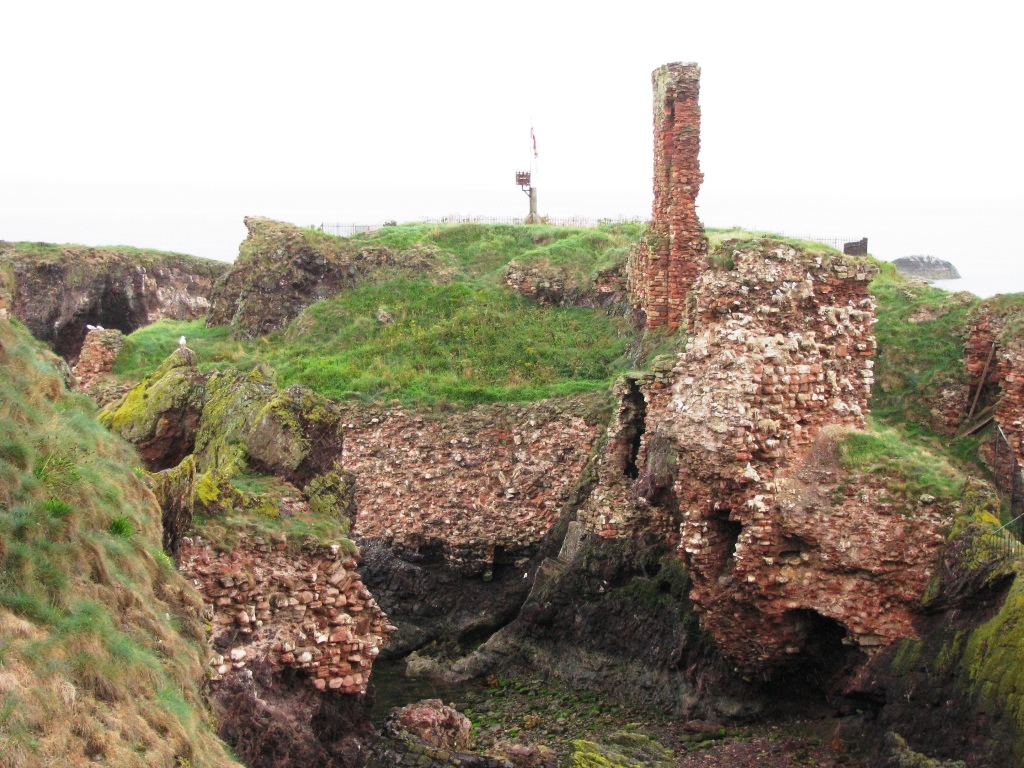Dunbar Castle

Dunbar Castle Details
Dunbar Castle, ruins of C12-15 castle of the Dunbars demolished C16, on promontory truncated by harbour construction C19
- Closest To: Dunbar
- Access: No Access
- Grid Reference: NT378793
Dunbar Castle was once one of the strongest and most strategically important castles in Scotland, erected on a promontory site that had been fortified since the Iron Age. Destroyed in the 16th century, the ruins are not accessible to the public today because of safety reasons, but the strength of the site can be appreciated from the surrounding land.
Dunbar was the seat of a lordship granted to an offshoot of the earls of Northumbria, ejected by William the Conqueror, and the promontory had by this date probably been out of use as a refuge and strong point since it was sacked in the mid 9th century. It is likely that by the time it is first mentioned in documents in 1296 that the promontory had been encased in stone, and a stone courtyard wall occupied the perimeter of the summit, which was accessed via a steep set of stairs flanked by a towered gate complex. The earls of Dunbar, as first to feel the wrath of English invasion along the east coast, were more inclined to abandon the Kings of Scots than many, and despite the heroic legend of Black Agnes defending the castle against the English in 1338, their reputation was tarnished, and in 1400 the then earl was forfeited. In 1488 the castle was ordered to be blown up, but the strategic importance of the site was remembered, and Dunbar was refortified in the early 16th century, including the new blockhouse. In 1566 the castle was ordered to be destroyed again, this time for the final time, and part of the promontory was removed when the new harbour was constructed, and much of the surviving masonry was used for that construction.
Become a supporter of my work to access a more detailed history